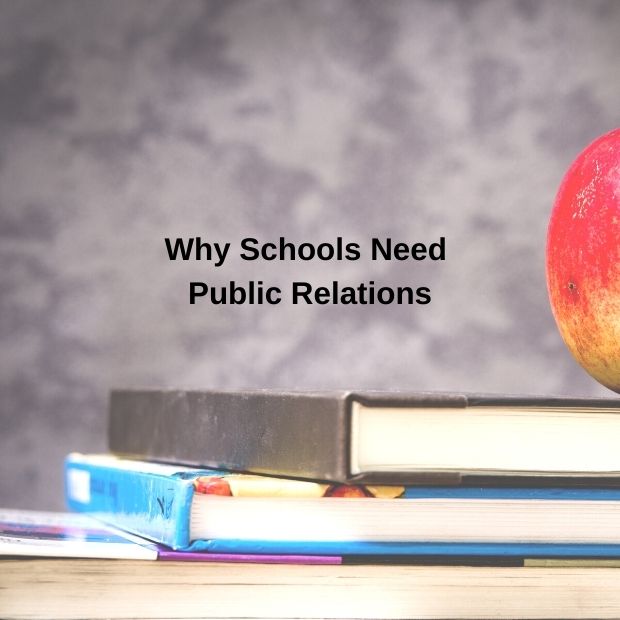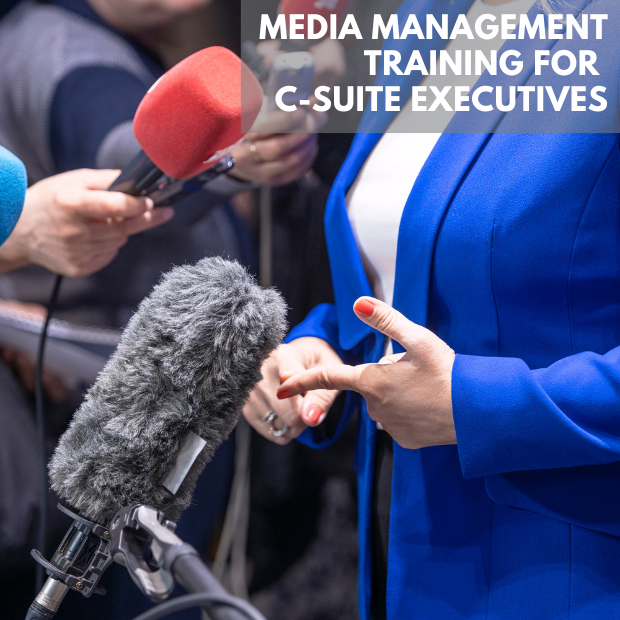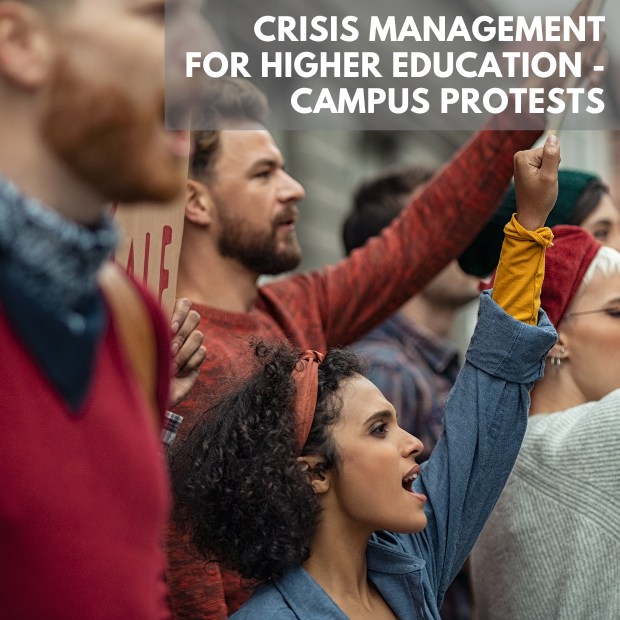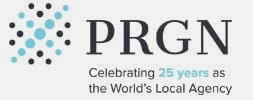
Why Schools Need Public Relations
Academic institutions and schools have gone through one of the most tremendous shifts in history in 2020. Teaching has moved into another dimension with virtual teaching hampering traditional learning techniques. Is it effective? What are schools doing to make sure their ‘client’ – the students, teachers, parents – are still learning and achieving grade and age level competency?
Today, more than ever, a strong public relations strategy is the best tactic an educational institution can use in today’s world. This is true for almost every desired outcome; expanding institutional reputation, expanding student enrollment, or simply expanding your reputation in the local community, a well-defined public relations program is a powerful tool in your communications arsenal.
The NSPRA (National School Public Relations Association) professional definition is:
“Educational public relations is a planned and systematic management function to help improve the programs and services of an educational organization. It relies on a comprehensive two-way communications process involving both internal and external publics, with a goal of stimulating a better understanding of the role, objectives, accomplishments and needs of the organization. Educational public relations programs assist in interpreting public attitudes, identify and help shape policies and procedures in the public interest, and carry on involvement and information activities which earn public understanding and support.”
At THO, in addition to providing strategic counsel, part of our communications goals include reputation building and thought leadership, all of which presents the institution’s stakeholders as a trusted source of information in their communities, to their students, parents and more.
Here’s eight ways to improve your school’s public relations outreach today:
1. Crisis Communications
Whether it is a pandemic, a natural disaster, the death of a student or an act of violence, crises happen. Schools need to plan ahead for these potential crises in order to be prepared with solutions before they happen. Having a solid crisis communication plan in place before a crisis happens will keep a school looking and acting poised even in difficult times.
2. Showcasing School Leadership
Showcasing your leadership’s talents and accomplishments will build the status of your school. A PR plan should include crafting thought leadership articles for local and trade publications. These pieces provide insight into the education system and highlight a faculty member, as well as provide insightful commentary.
3. Competitive Advantage
Remember to monitor your industry as well as your competitor’s media coverage. This includes social media pages as well as creating Google alerts for key areas of interest. Then you’ll be able to continually monitor topics of key importance to determine how to position your school effectively amongst its competitors. The result? You’ll have the competitive edge in your market.
4. Remember the impact of your Social Media Presence
Studies show that 81 percent of all teens ages 12 – 17 use some form of social media and 74 percent of American adults use networking sites. Whether it is Facebook, Instagram, LinkedIn or Twitter, the platforms can help you stay connected with your students and parents. Develop a social media content calendar to provide a complete schedule of posts to keep you and your team on track.
5. Media Relations Provides Third Party Credibility
Working with the media will gain additional exposure in your immediate community and beyond. There are a variety of methods to implement this type of program. Announce test score results and new administrative changes with a press release; event and fundraisers may offer another great story; faculty members and research papers may provide the backbone for an intense thought leaders program.
For example, here at The Hoyt Organization (THO), we support the USC Lusk Center for Real Estate, a major national research institution, with its annual Casden Multifamily Forecast Conference, which unveils data and predictions based on institutional research specifically for the multi-family market. This information is distributed to the media, many of whom cover trends and predictions in the multifamily real estate market. The result? We’ve secured both national and local media coverage for the center including Bisnow, Los Angeles Times, Commercial Observer, Spectrum News and the Los Angeles Business Journal, and many other media outlets, all of which position the Center as a well-respected hub in the industry.
6. Identify a Team of Spokespersons
These representatives can offer a wide range of opinions and commentary to the media on behalf of your institution. Remember to provide media training so they will be ready, willing, and prepared to meet with the media.
7. Website Development–
Considered the digital front door to your institution, make sure your website meets the needs of the wide variety of constituents you serve. Is it easy to navigate? Does it include a newsroom to support your branding? What about your various social channels – do they all support the same message? Remember, posting new content on your website will improve your Search Engine Optimization (SEO). Updating content is one of the best ways to rank higher in a Google organic search. Adding quality backlinks will also help search rankings. Consider creating a blog or video series if you don’t already have one. It will improve your website’s SEO and maximize your effort.
8. Use a Wide Variety of Communications Vehicles
In order for a school to thrive, it must connect with its stakeholders, the surrounding community as well as the national education world. This means choosing a wide variety of tactics, depending on the audience you’re targeting. It involves creating a program that touches digital marketing, e-newsletters, brochures, admission materials, earned and paid media and much more. Using an outside consultant, such as a public relations firm that understands the nuances of the educational world, may be a wise investment in launching the right type of program for your institution.
Public relations help to build a trusted reputation while strengthening the relationship within its community. With the increased competition amongst education institutions, including charter, public and private schools, investing in a strong communications program will provide the competitive edge that your institution may be looking for.
If you’re ready to move to the front of class and learn important strategies for school’s public relations – We’re here to help.
- Media Management Tips For C-Suite Executives - July 22, 2024
- Mastering Media Relations: Tips To Increase Media Coverage - July 15, 2024
- PR Crisis Management Strategies for College Administrators - July 9, 2024








